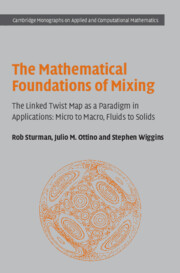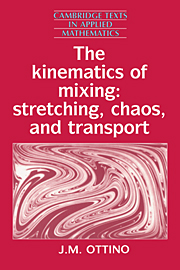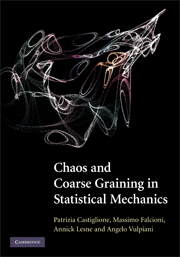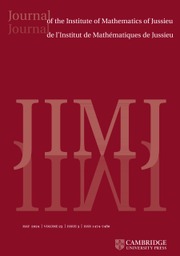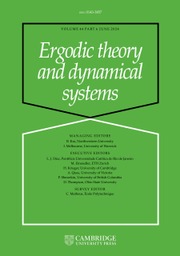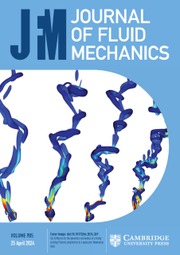The Mathematical Foundations of Mixing
Mixing processes occur in many technological and natural applications, with length and time scales ranging from the very small to the very large. The diversity of problems can give rise to a diversity of approaches. Are there concepts that are central to all of them? Are there tools that allow for prediction and quantification? The authors show how a variety of flows in very different settings possess the characteristic of streamline crossing. This notion can be placed on firm mathematical footing via Linked Twist Maps (LTMs), which is the central organizing principle of this book. The authors discuss the definition and construction of LTMs, provide examples of specific mixers that can be analyzed in the LTM framework and introduce a number of mathematical techniques which are then brought to bear on the problem of fluid mixing. In a final chapter, they present a number of open problems and new directions.
- First book explaining new important ideas in our understanding of how fluids mix
- Authors are well-known book writers and leading researchers
- Starts with a broad, accessible and thought-provoking chapter, and ends with a collection of open problems
Product details
No date availableAdobe eBook Reader
9780511243547
0 pages
0kg
110 b/w illus. 17 colour illus.
Table of Contents
- Preface
- 1. Mixing: physical issues
- 2. Linked twist maps
- 3. The ergodic hierarchy
- 4. Existence of a horseshoe
- 5. Hyperbolicity
- 6. The ergodic partition for toral LTMs
- 7. Ergodicity and Bernoulli for TLTMs
- 8. Linked twist maps on the plane
- 9. Further directions and open problems
- Bibliography
- Index.

